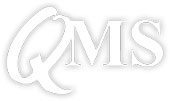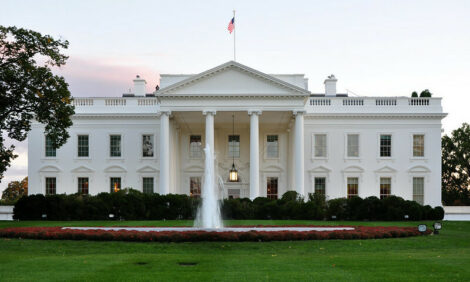



Hot Weather Starting to Influence Livestock Market
UK - The prolonged period of dry, hot weather is beginning to impact on the livestock market as the effects of lack of forage availability, reduced livestock growth rates and a change in consumers’ eating habits start to become evident.According to Stuart Ashworth, Quality Meat Scotland (QMS) Director of Economics Services, the reduced availability of forage supplies is now having an impact on the cattle market with a significant increase in the number of store cattle going through the auction rings in the past week.
“Last week, store cattle price reporting auction markets reported an increase of 40 per cent in the number of cattle they sold compared with the same week last year,” said Mr Ashworth.
“This higher volume of store cattle being brought forward slightly younger and at lighter weights, is contributing to these animals typically trading £100 per head, or more, lower than this time last year.”
In the prime cattle market, observed Mr Ashworth, there is little evidence to suggest GB prime cattle are being marketed earlier. However, there is evidence to suggest cull cow marketings have increased in the past month.
Looking at the lamb market, with a smaller lamb crop the volume of lambs going through the auction ring although climbing seasonally, is lower than last year.
Additionally, and despite the tightness of forage supplies, the proportion of lambs reaching the auctions that are above the Standard Quality Quotation (SQQ) weight limit of 45kg liveweight is higher than last year as producers seek to maximise income per lamb.
Returns from deadweight price-reporting abattoirs, however, suggest lambs are being drawn slightly leaner.
“The number of lambs grading 2 for fat level has increased to 27 per cent of all lambs from 24 per cent last year while the numbers grading level 3 for fat cover have fallen to 52 per cent from 57 per cent. The leaner fat level 2 lambs are discounted slightly by the market,” said Mr Ashworth.
However, observed Mr Ashworth, the major influence on prime stock prices is the effect of the long spell of hot, dry weather on consumer buying patterns and, in particular, the interest in barbecue meats.
“Steaks, burgers and sausages sell well in periods of hot weather while roasting joints and stewing products fall in popularity,” said Mr Ashworth.
“This consumer behaviour pushes towards increased demand for beef products at the expense of lamb.”
Consequently, he added, despite there being fewer prime lambs available for sale, consumer demand for barbecue products is reducing demand for lamb-based products below the volume currently available, meaning prime sheep market prices are falling.
“In this current week, producers have reacted by presenting fewer lambs to the auction ring and the sale price has steadied,” said Mr Ashworth.
Prime cattle prices, in contrast, have continued to edge higher in recent weeks although the most recent reports suggest that the price has come under some pressure in the past week with the R4L steer price cooling 1.5p/kg dwt.
The increase in cull cow numbers has seen their price come under more pressure, dipping 10 p/kg dwt over the past fortnight.
“This is also having some impact on poorer conformation - O grade, prime cattle - which have come under pressure price-wise, particularly in England and Wales,” concluded Mr Ashworth.



